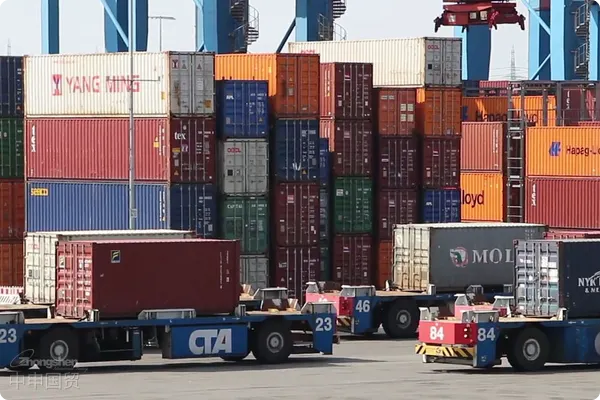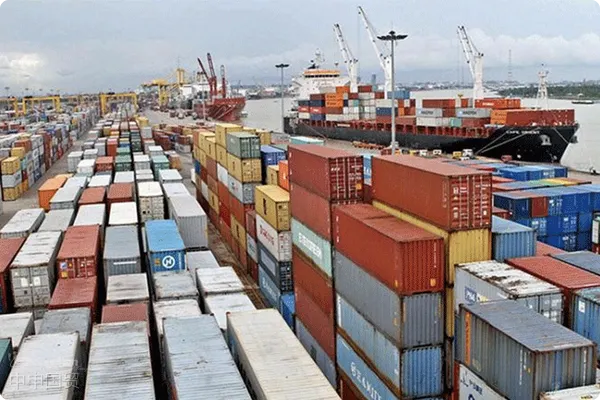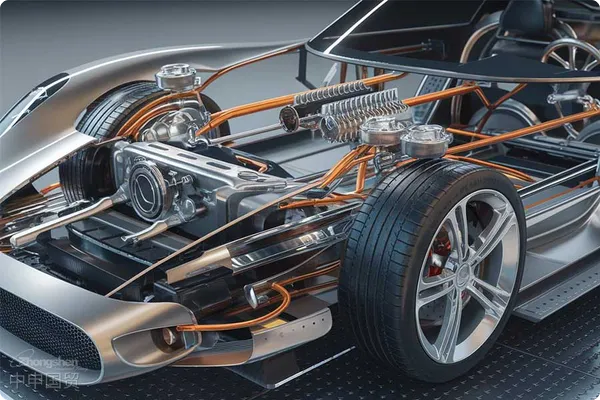- Shanghai Zhongshen International Trade Co., Ltd. - Two decades of trade agency expertise.
- Service Hotline: 139 1787 2118

Professional Perspective on Canadasequipment. For example, Indonesia has the SNI certification, Thailand has the TISI certification, and the Philippines has the BPS certification. It is necessary to confirm in advance the equipment voltage (such as 380V/50Hz in Thailand), the compatibility of the CE certification, and the proof of environmentally friendly materials.Customs System
Under the framework of the 2025 revised Customs Act, Canada implementsdynamic classification supervision mechanismfor industrial equipment imports. Importers should pay special attention to three types of equipment: refurbished second-hand equipment, intelligent equipment with AI modules, and specialized machinery involved in energy retrofitting. Taking Q1 2025 data from a provincial port as an example, 32% of customs declaration delays stemmed from inaccurate technical parameter declarations.
Core Customs Clearance Process Breakdown
The average standard clearance time has reduced from 7.2 working days in 2024 to 5.8 working days in 2025, but special equipment still requires additional review steps:
- Pre-declaration stage
- Must include equipment serial number and manufacturing year
- Electromechanical products require IEC standard compliance declaration
- Physical inspection stage
- New wireless communication module testing requirement added from 2025
- Second-hand equipment requires certificate of origin deregistration
Key Points for Clearance Cost Control
Canadas 2025 tariff policy exhibitsindustry-specific characteristics:
- Mining machinery enjoys preferential rates of 0-2%
- Food processing equipment applies 4.5% base rate
- Temporary additional 3% regulatory tax on semiconductor manufacturing equipment
Taking million-dollar laser cutting equipment as an example, through rational utilizationNorth American Supply Chain Tariff Mitigation Program (SCMTP), approximately 11.2% of comprehensive costs can be saved.
Professional Agency Service Value Matrix
Quality agencies provide not only document processing services but also includeRisk Early - Warning SystemandEmergency response mechanism:
- early identification of 92% of declaration flaws
- Dispute resolution response time ≤4 hours
- Providing alternative customs clearance solution database
Analysis of Typical Cases
In March 2025Medical Equipmentimport case, the agency service provider avoided customs clearance delays through the following measures:
- Corrected HS code: from 9027.50 to 9018.90
- Supplemented CSA certification pre-review documents
- Applied for temporary storage fee exemption
This case saved approximately CAD 28,000 in demurrage fees and completed customs clearance 12 days earlier.
Risk prevention recommendation list
- Special attention to Montreal Ports new X-ray inspection equipment
- Pre-filing equipment maintenance records
- Establishing dynamic adjustment mechanism for tariff deposits
Related Recommendations
? 2025. All Rights Reserved. Shanghai ICP No. 2023007705-2  PSB Record: Shanghai No.31011502009912
PSB Record: Shanghai No.31011502009912










